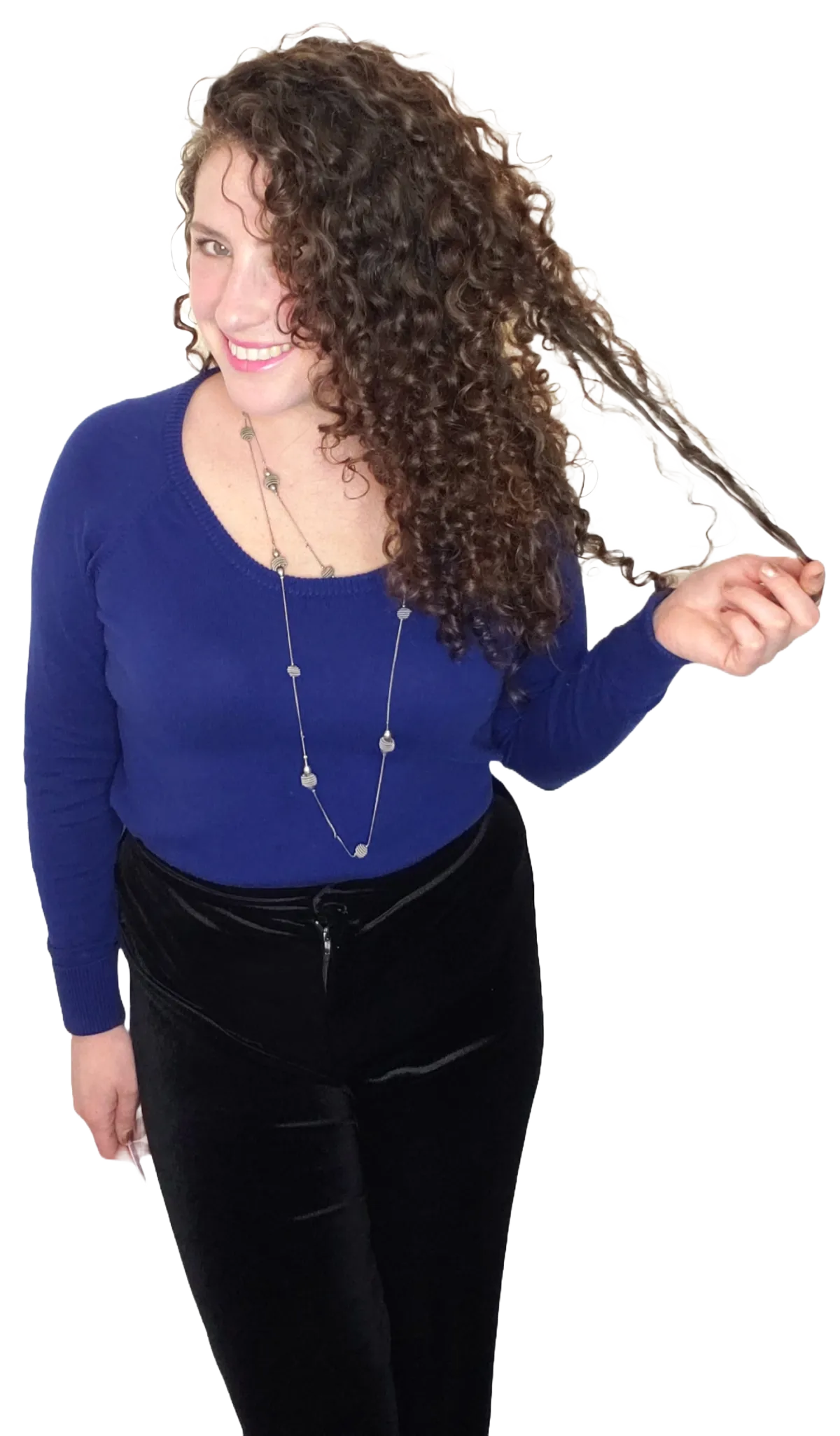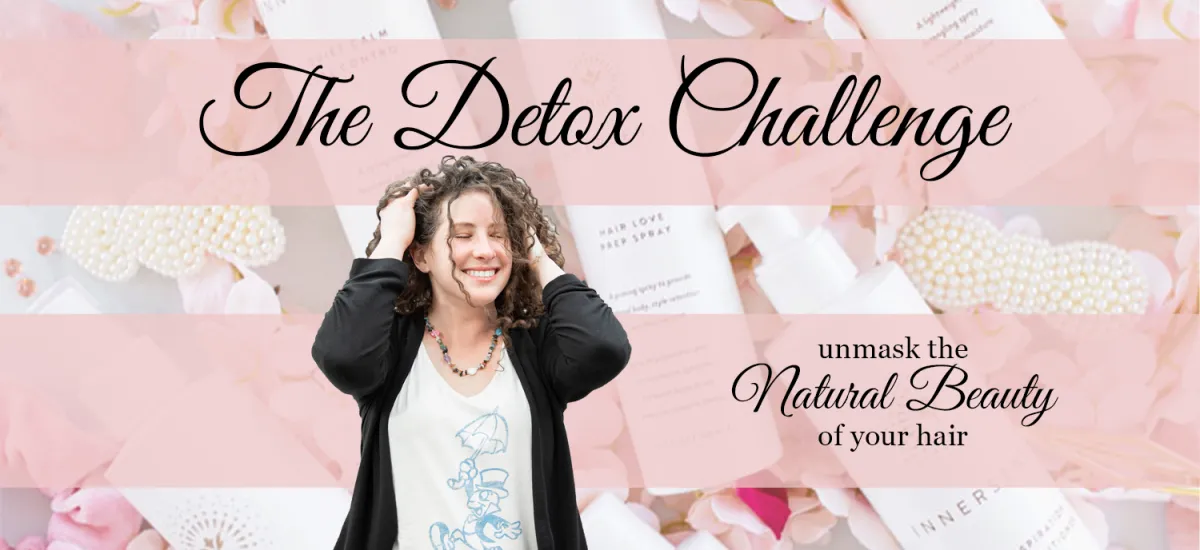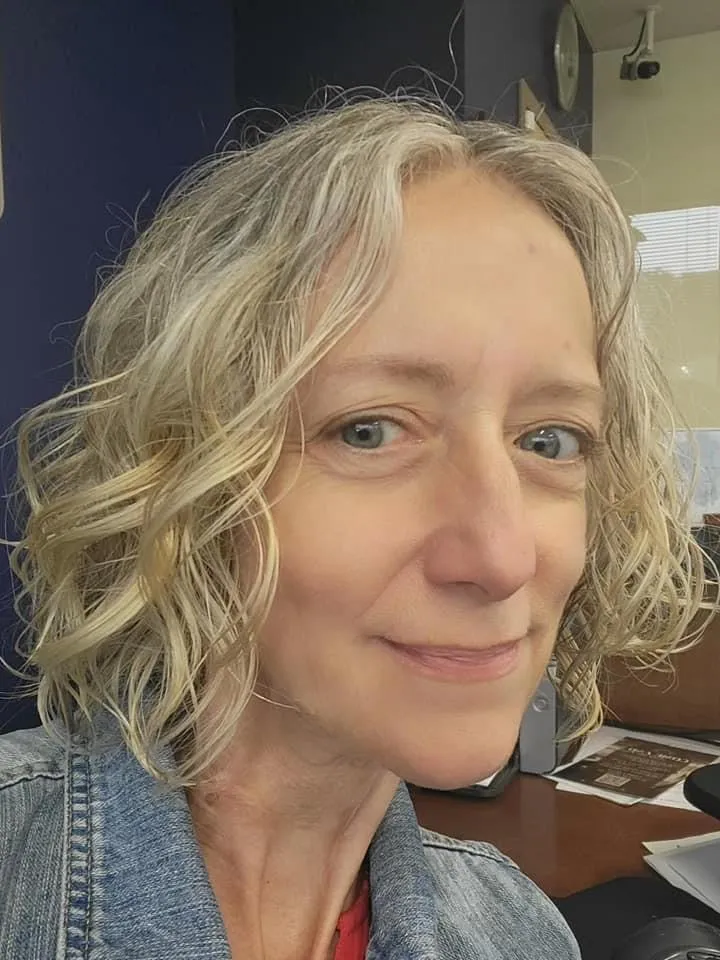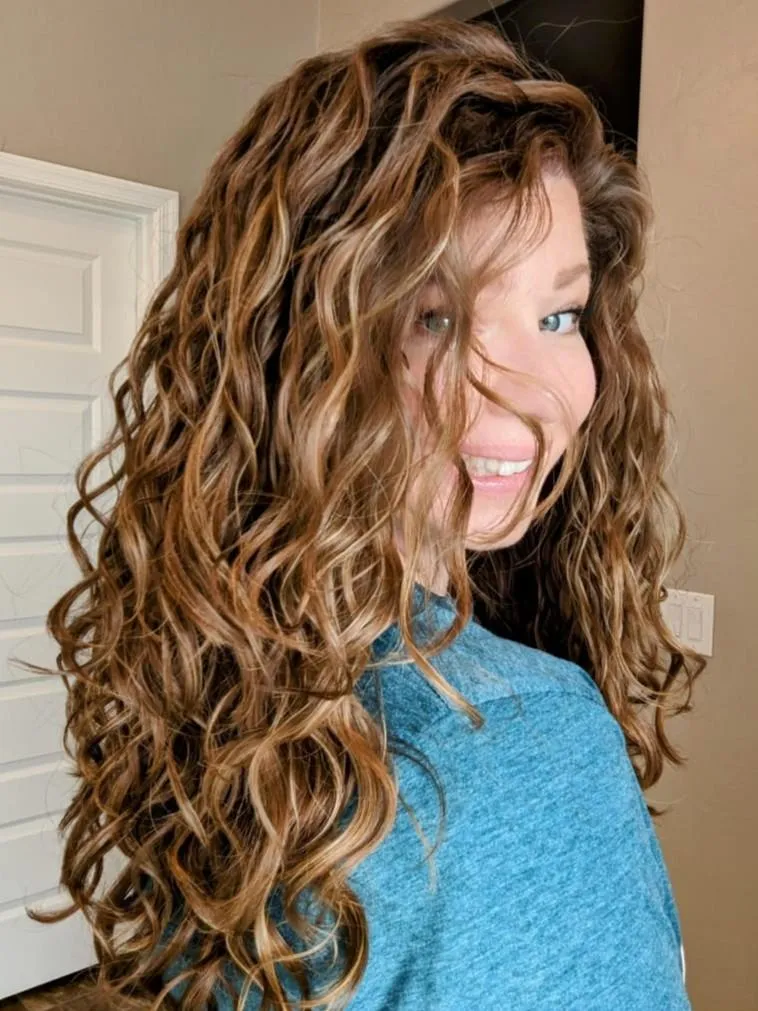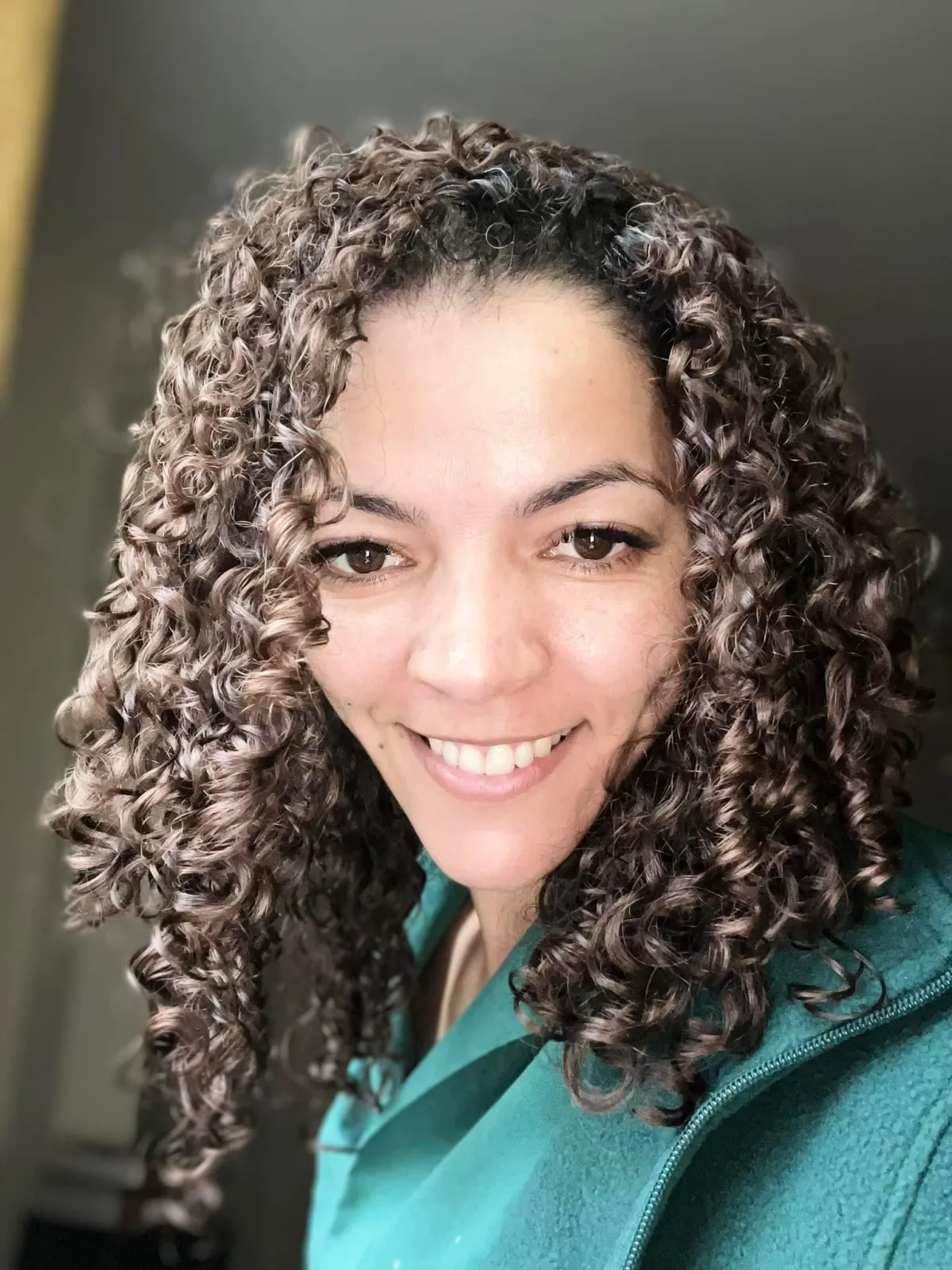Consciously Curly
@curliestgirlintheworld
Curly Connections
Hello Gorgeous!
What’s up beautiful! I’m Logan Spring, but, my friends call me Lo.
My job here is simple: to awaken your consciousness and help you discover the best hair of your life.
It is my intention to shift the power dynamics of the world by increasing the number of women who fucking love themselves. I dream of helping every woman I meet feel completely and genuinely beautiful in her own skin… and I'm good at it.
I have worked with THOUSANDS of women from all over the world to detox their hair from conventional products, plastics and hard water. Are you next?
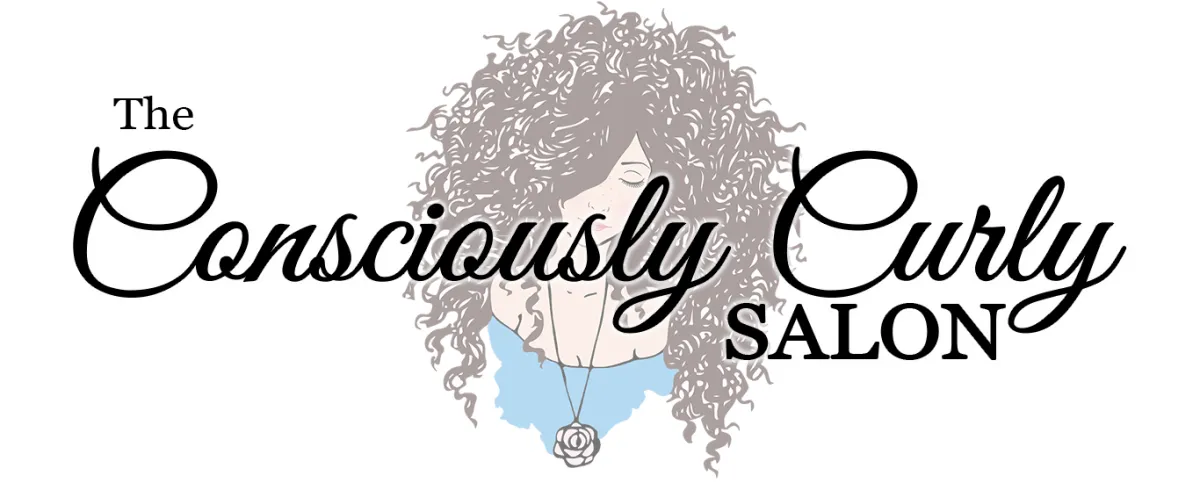
I am officially accepting salon service appointments at the Orlo School of Cosmetology in Albany, NY! My books are open and my calendar for June 2025 is currently open.
Fill out the form below to book your appointment!
Now Enrolling
I don't know who needs to hear this but natural products aren't magic. You are the magic. Most people will never realize that... but you will, that is why you are here...
Now Enrolling!
Innersense Detox Challenge
LIVE APRIL 2025!
Our most popular 30 day challenge is designed to help you break through the struggle and find ease in your routine. Inside, I'll show you how to shed synthetic compounds that have been building up on your hair for years, and heal the damage they have been causing.
You can expect the biggest transformation of your life! This challenge gives you an opportunity to give your hair a fresh and clean slate. You deserve that.
LIVE MAY 2025!
The online, completely digital 30 Day Detox Challenge is designed to help you break the conventional cycle, detox your hair from built-up compounds,
and heal the decades of damage that they have been causing.
This challenge is an opportunity to give yourself a clean slate.
To give your hair another chance to shine.
You deserve that.
Let's find you the right products.
Community Discounts
A comprehensive list of our community discount codes and any sales I find from retailers I trust.
Find The Right Products
Browse through my recommendations by product type, hair type, goals, frustrations, and so much more!
Custom Recommendations
Answer three simple questions and receive personalized product recommendations that will send you well on your way to the healthiest hair of your life.


